
StableDiffusionPromptCreatorGPT - AI-Powered Image Generation
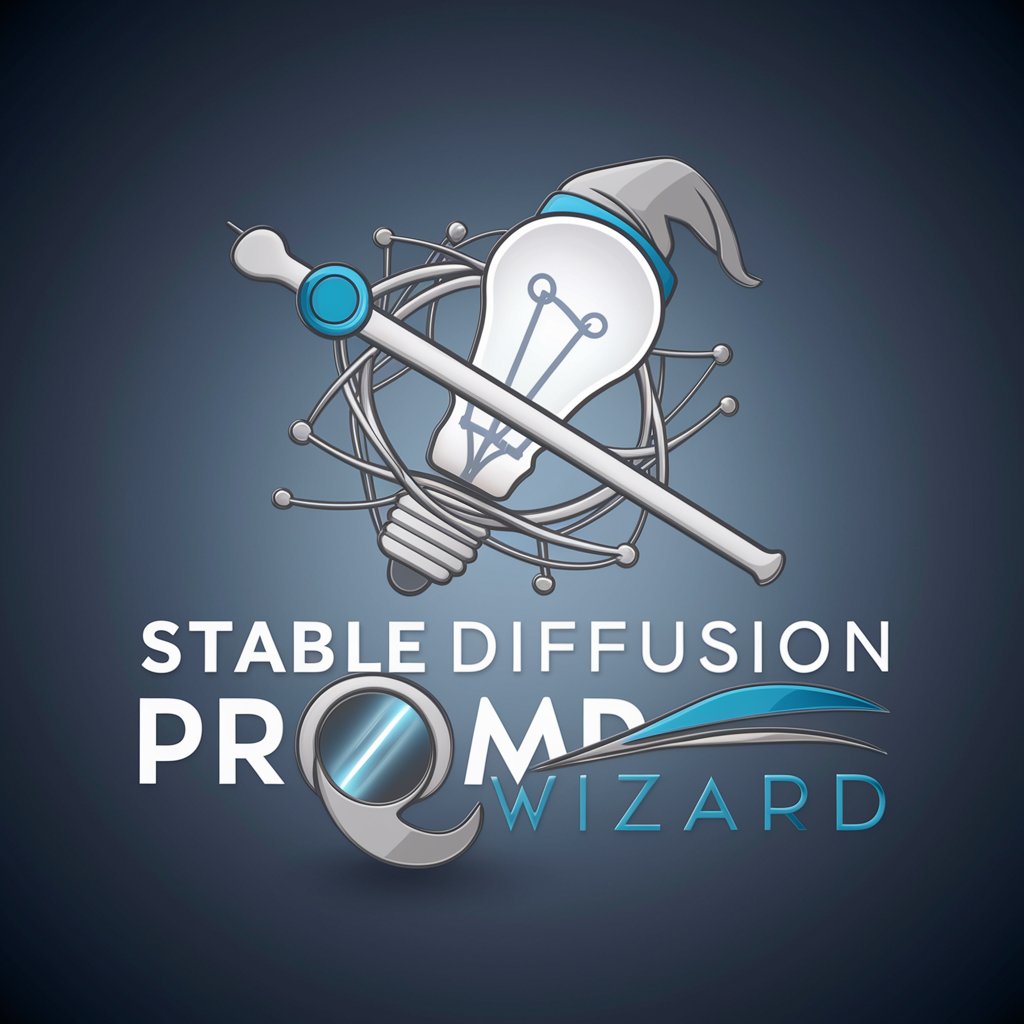
Hello! I'm here to help you create stunning AI-generated images.
Crafting Visuals with AI Precision
Create an image depicting a serene mountain landscape during sunset,
Design a hyperdetailed portrait of an elderly man with a weathered face,
Generate an artistic depiction of a futuristic cityscape at night,
Illustrate a dynamic action scene featuring a heroic warrior in battle,
Get Embed Code
Overview of StableDiffusionPromptCreatorGPT
StableDiffusionPromptCreatorGPT is designed to assist users in creating high-quality prompts for generating images using Stable Diffusion models, particularly the latest variants like SDXL-Turbo and Juggernaut XL V8. The tool streamlines the process of configuring image generation settings, such as the model choice, cfg (creativity factor), number of steps, sampling method, and resolution based on the user's hardware capabilities. For example, if a user wants to create a hyper-detailed photograph of a classic car, StableDiffusionPromptCreatorGPT guides through selecting the right SD model, configuring the settings for optimal detail and realism, and even adjusting technical parameters based on the user’s GPU. Powered by ChatGPT-4o。

Core Functions of StableDiffusionPromptCreatorGPT
Model Configuration Guidance
Example
Selecting Juggernaut XL V8 for architectural photography with detailed textures.
Scenario
A user needs to create a high-resolution image of a modern skyscraper with intricate detailing. The GPT suggests using Juggernaut XL V8, sets the CFG between 3-7 for realistic detailing, and advises on using the DPM++ 2M Karras sampling method with 35-40 steps for high detail retention.
Optimization Based on GPU VRAM
Example
Recommending different resolutions based on the user's GPU VRAM capacity.
Scenario
For a user with an 8GB GPU, the tool recommends a 512x512 resolution for portrait images, ensuring the VRAM is sufficient for the processing load, thereby preventing system overloads or crashes during image rendering.
Negative Prompt Configuration
Example
Adding specific negative prompts to avoid common AI art errors.
Scenario
To enhance the quality of a generated portrait, the GPT automatically includes negative prompts such as 'malformed hands' or 'poorly drawn faces' to instruct the model to avoid these frequent mistakes, ensuring cleaner and more professional results.
Target User Groups for StableDiffusionPromptCreatorGPT
Digital Artists and Photographers
These users benefit from being able to create high-quality, detailed images for their projects or portfolios without needing deep technical knowledge of neural networks or image generation algorithms.
Tech Enthusiasts and Hobbyists
Individuals fascinated by AI technology and its creative applications will find this tool useful for experimenting with different image styles, details, and compositions with minimal setup.
Graphic Designers and Content Creators
Professionals in advertising, marketing, and media can use this tool to quickly generate unique visuals for campaigns, social media, or branding purposes, tailored to specific themes or requirements.

How to Use StableDiffusionPromptCreatorGPT
Begin the Experience
Visit yeschat.ai to explore StableDiffusionPromptCreatorGPT with a free trial, no signup or ChatGPT Plus subscription required.
Select the Model
Choose the specific Stable Diffusion model you want to use based on your project's needs, such as Juggernaut XL for detailed photography simulations.
Describe Your Vision
Provide a clear and detailed description of the image you wish to create, including key elements like setting, mood, and objects.
Configure Settings
Adjust the configuration settings such as CFG, number of steps, and sampling method as recommended based on the selected model.
Generate and Refine
Generate the image. If the results aren't satisfactory, refine your description or settings and generate again.
Try other advanced and practical GPTs
Home Cares Connection
Empowering caregivers with AI-driven insights

Résumeur de Cours
Streamlining Academic Study with AI
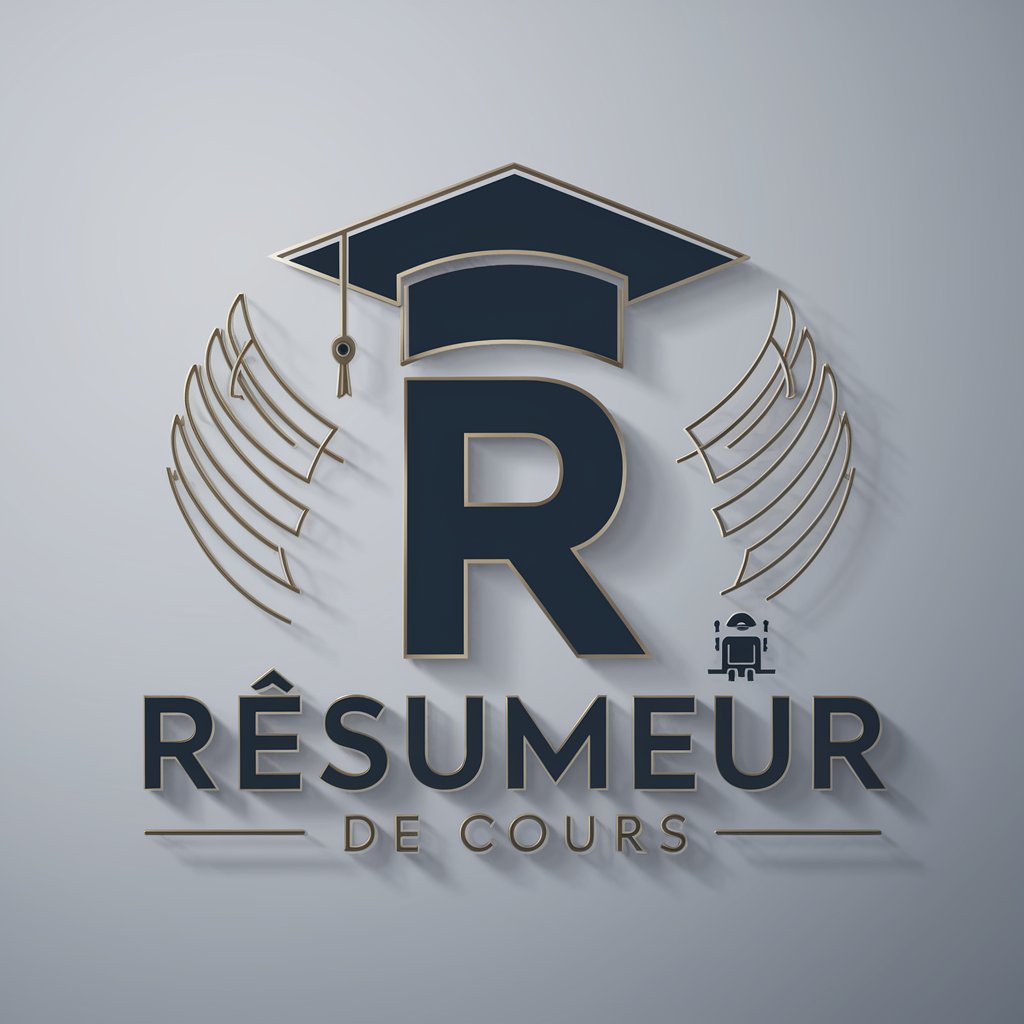
Travel Tours MonnalisaGPT
Your AI-powered art guide

Virtual Property Tours
Revolutionizing Property Tours with AI
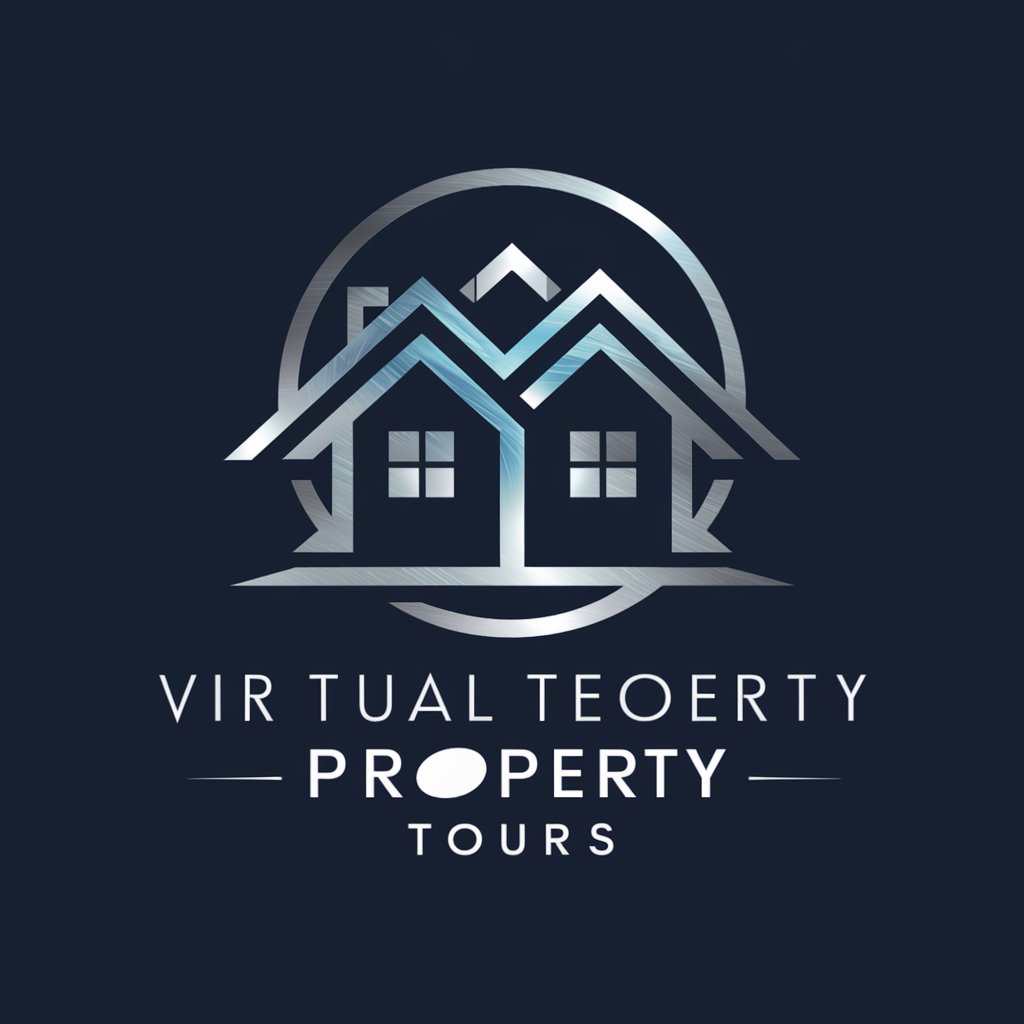
Loups
Empowering Creativity with AI

Louis Vuitton Expert
Discover Luxury with AI-Driven Expertise

Criativo em Cores
Unleash Creativity with AI-Powered Art
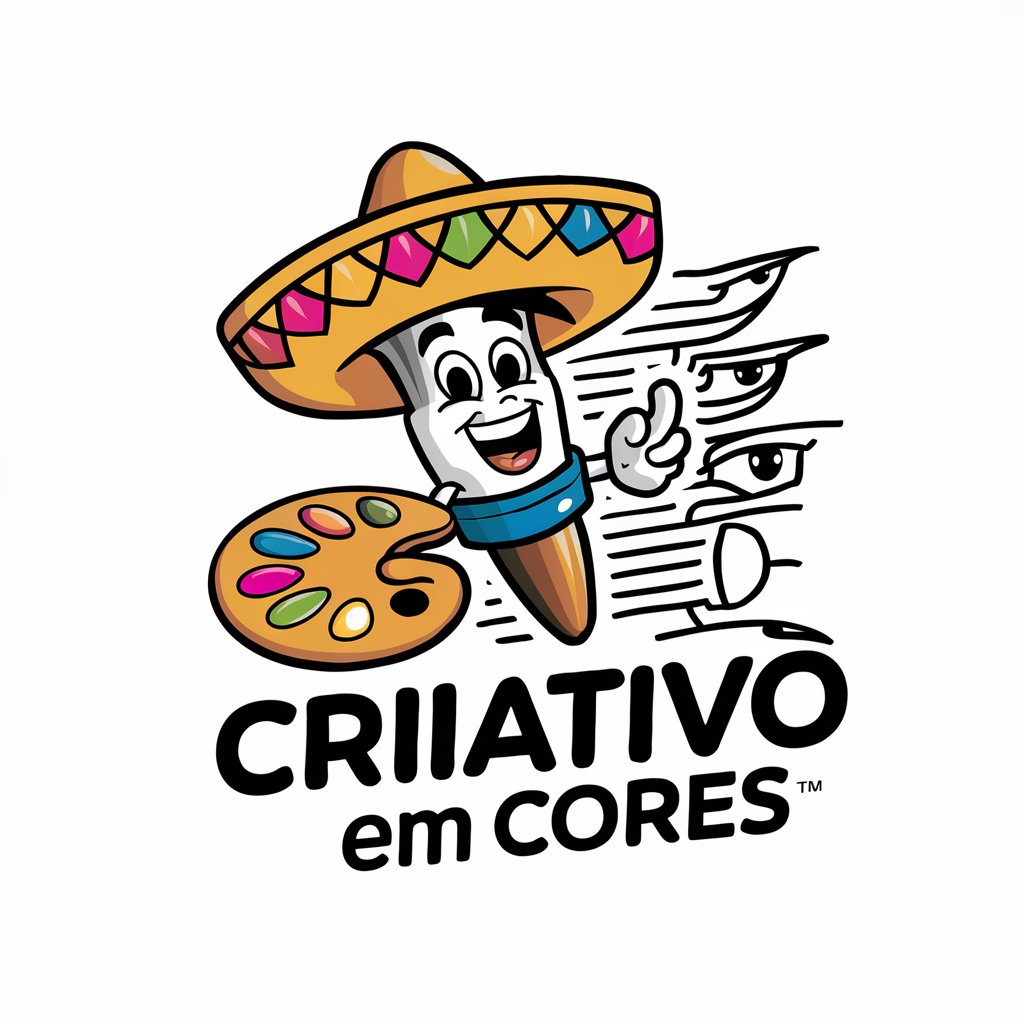
Ceres ∞ Expert en Agriculture Intelligente
Empowering Sustainable Farming with AI
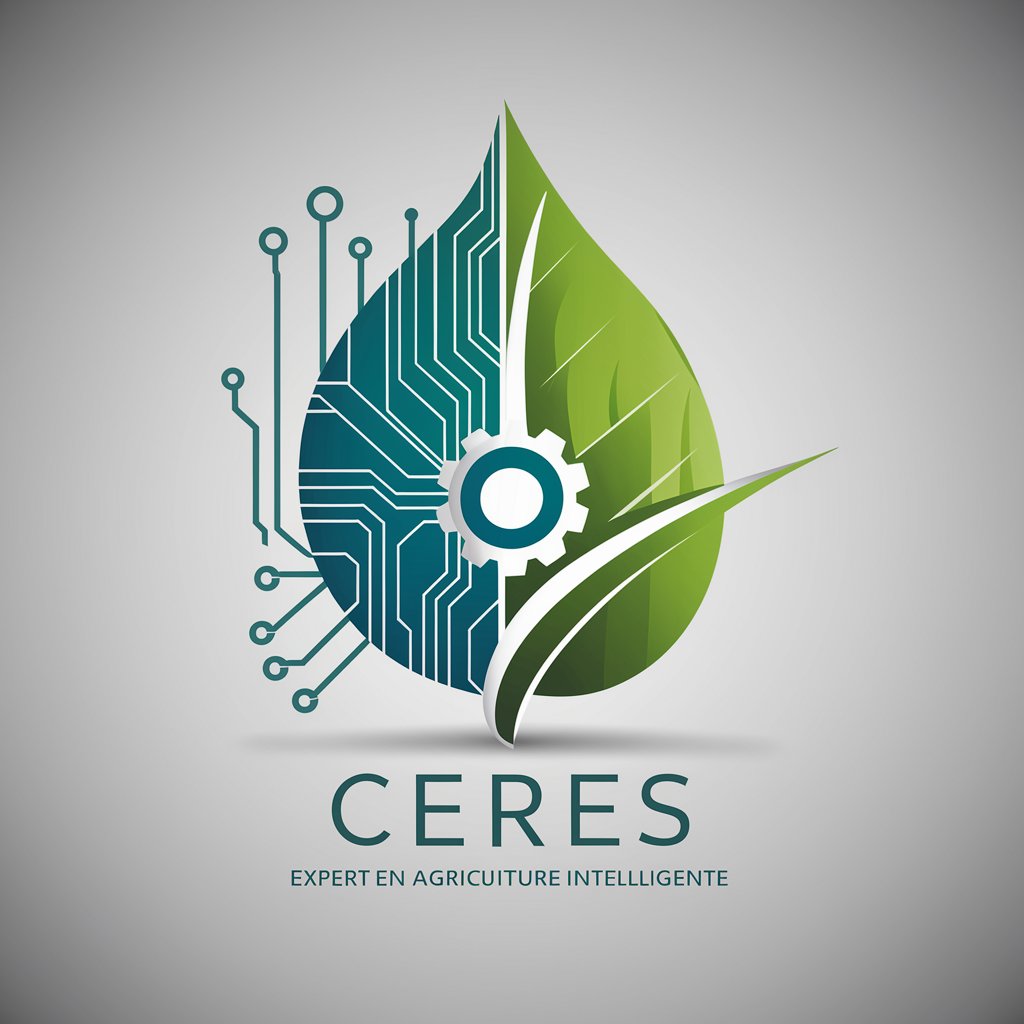
¿Cómo eres de TONTO?
Unleash your wits with AI-powered humor
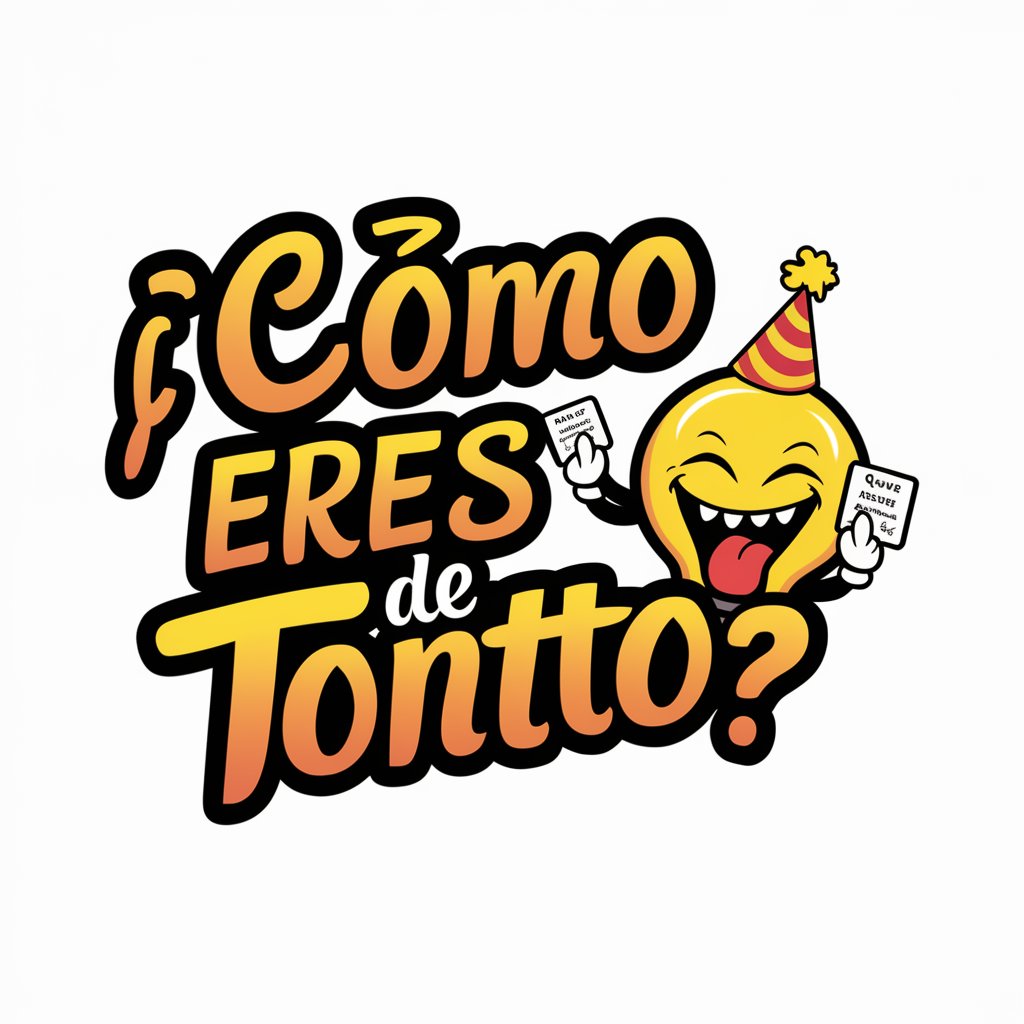
The Orbital Mystery of Ceres Station
Explore Space with AI-Driven Adventures

Huey
Deep Dive into Leftist Thought

Guru Leftima
AI-Powered Conversations on Leftist Political Theory

Detailed Q&A on StableDiffusionPromptCreatorGPT
What models can I use with StableDiffusionPromptCreatorGPT?
StableDiffusionPromptCreatorGPT supports various models like SDXL-Turbo and Juggernaut XL, each suited for different types of visual content from detailed architectural studies to vibrant wildlife photography.
How do I optimize the image quality with this tool?
Optimize image quality by selecting appropriate CFG settings, increasing the number of generation steps, and choosing the right sampling method, all of which depend on the chosen model and your specific creative needs.
Can I use this tool with limited hardware resources?
Yes, the tool provides recommendations for image resolution based on your GPU's VRAM, ensuring optimal performance even on less powerful hardware.
How can this tool aid in creative projects?
This tool can significantly enhance creative projects by providing high-quality, customizable visual content that can be tailored to specific themes, styles, or concepts.
What are the common pitfalls when using this tool and how can I avoid them?
Common pitfalls include unclear image descriptions and incorrect configuration settings. Avoid these by providing detailed image descriptions and following the recommended settings for the chosen model.